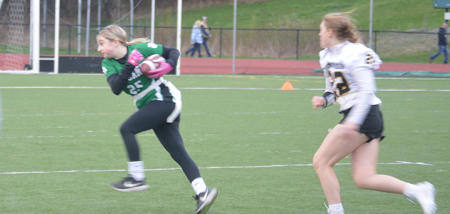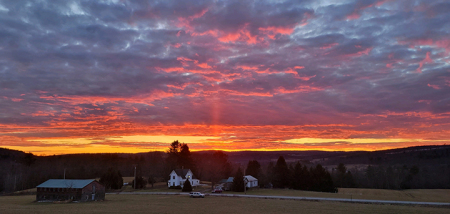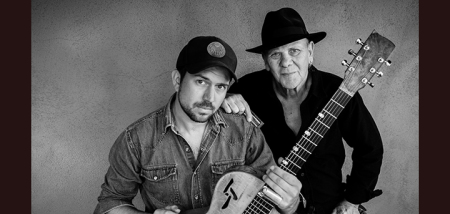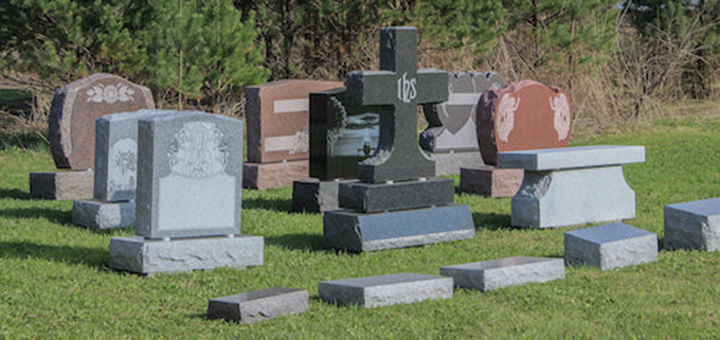Winter Predator Calling
Published:
January 1st, 2020
By:
Eric Davis
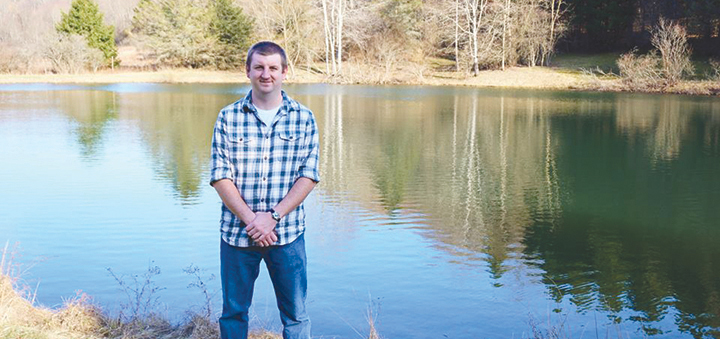 Eric Davis
Eric Davis
This time of year, can be slow and uneventful for the deer hunter as they must wait until the spring to look for shed antlers or start their food plots, especially if they don’t like to ice fish. Something that they could do to help make the winter go by quicker is to try their hand at predator calling. While some people go all-out and spend over a thousand dollars on gear, you can get into predator calling for a relatively low cost. The bare minimum of gear required includes full camouflage, calls, and a firearm. For most deer hunters, the only purchase they would need to make was for calls.
As predators use their eyesight to find prey and to avoid other predators, complete camouflage is needed, even when hunting at night. Remember that these animals actively hunt during the night. If there is snow on the ground, snow camouflage helps you blend in better as regular camouflage can make you look like a giant blob on the white background.
The go-to predator call is the rabbit-in-distress call. This call mimics the noises made by a rabbit that is hurt or being attacked. To predators this is like someone ringing the dinner bell and they come in to investigate. The call basically sounds like a baby crying but at a higher pitch. Another popular call is a mouse squeaker. This sounds just like the squeaker in a dog’s toy and is used when a predator is outside of shooting range to coax it into coming closer. Coyote breeding season is in the winter and some hunters can use a coyote call to mimic the sounds of females-in-heat or males defending their territory. An upgrade that some hunters use is an electronic caller. This lets the hunter set a playlist so they aren’t moving around using a mouth call. Some calls even have the option to plug a motion decoy into the caller, which adds eye-appeal to keep the predator distracted as they approach.
For your hunting implement, you can get by with either a shotgun loaded with buckshot or your deer rifle. Smaller caliber rifles, such as the .223 and .22-250, are popular among predator hunters because they leave smaller holes in the animal’s pelt so the hide is easier to sew and sell to fur buyers. If using a larger rifle, consider using a full metal jacket bullet so that the bullet doesn’t fully expand and make a huge hole in the pelt. Shotgun users like to use number-4 buckshot as it allows for a good number of pellets while still allowing for good penetration.
Predator hunting success often requires covering a lot of ground by making multiple setups. When getting ready to make a calling setup, approach from downwind and pick a location where predators have a hard time swinging around downwind of you without you being able to see them. Coyotes will almost always try to circle downwind before coming in close so you want to be ready to have a shot before they get your wind and take off. If you have a wireless caller, you can put the speaker out about 100 yards upwind from you. This will put you in position to see predators that are trying to swing downwind from the caller.
As most predators are more active at night, hunting them at night increases the odds of seeing something. To hunt at night, you need to invest in a spotlight so that you can see incoming predators and stand a chance at getting a shot at them. You can get either a handheld spotlight or one that mounts to your firearm. Get a light that has a red filter lens on it. Predators will see white light coming from spotlights and spook, however the red lens doesn’t spook them just like the red lightbulbs on trail cameras.
If you are tired of waiting until the spring to get out of the house and in the woods, predator calling can be just the ticket.
Author: Eric Davis - More From This Author
Comments

